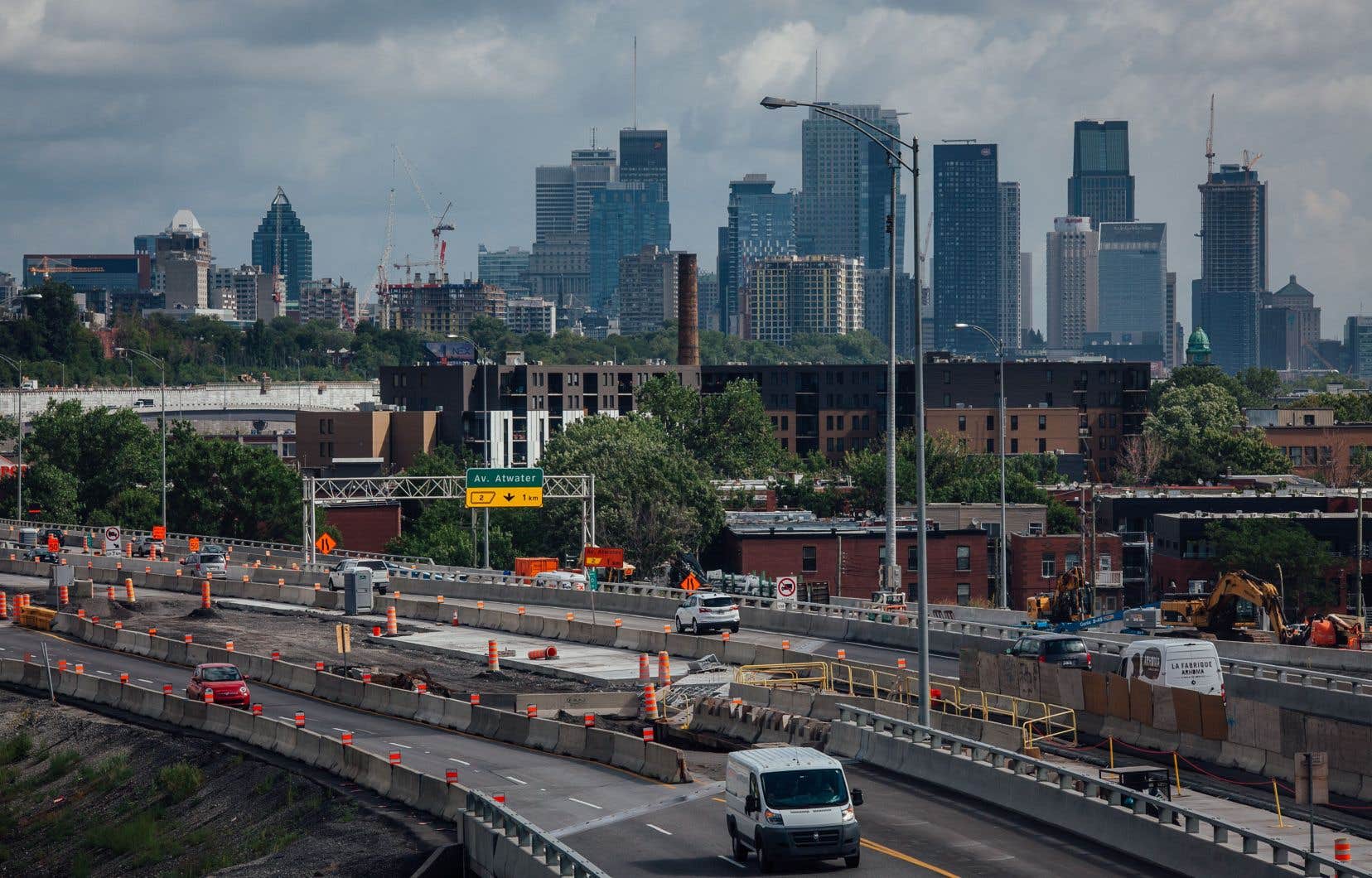Recent revelations from the Auditor General of Quebec, Guylaine Leclerc, highlight an alarming situation regarding the state of roadways in our province. With almost half of the roads in poor condition and a significant number having reached the end of their life, this finding highlights the urgency for action. Quebec’s road network requires significant investments to avoid further deterioration and to guarantee user safety.
Well maintained, roads have a lifespan of more than 25 years. So, why do we have, year after year, roads in such poor condition and which can represent a threat to the safety of users? One observation is clear: the degradation of roadways is intensifying. While it is essential to quickly make the necessary repairs to ensure the safety of road users, these superficial interventions are no longer a relevant response in 2023.
Furthermore, in a world where climate change is already having repercussions on our infrastructure, we must ensure the financing necessary for the development of new technologies. These will enable innovative practices aimed at building resilient roads, adapted to the new climatic reality and following the principles of the circular economy in order to reduce their impact on resources and the environment.
Prevention rather than cure
By favoring a preventive approach, investing more and better in structures and supporting cutting-edge research like that carried out at the École de Technologie Supérieure (ETS), it is possible to act and build in a more resilient and sustainable way. . Canada’s highway system is the seventh largest in the world and its roadway maintenance is significantly behind schedule. It seems difficult to favor preventive work on a road in good condition rather than in-depth repairs to a road in very poor condition, yet that is what should be done.
The increase in costs of repairing roadways to return them to their original condition is exponential. Waiting another year to carry out work means that the cost of the intervention risks doubling or even tripling. This is why it is more cost-effective in the long term to choose the right solutions, even if they appear more expensive initially, and to ensure maintenance strategically with a view to increasing the lifespan of the pavements.
Analysis of the environmental performance of our roadways
Furthermore, beyond traditional considerations, our governments must change their view of the network and develop criteria for the environmental performance of roads by integrating practices and regulations promoting innovation and the use of new technologies. For example, integrating expected infrastructure performance measures into construction specifications would help stimulate the search for solutions and new materials.
By looking at life cycles, it is possible to determine whether these innovations truly meet the objectives set in terms of reducing environmental impact and adapting to climate change. It is by adding criteria for the maximum quantity of new materials, by limiting the use of bitumen and other non-renewable materials, and above all by analyzing the duration and life cycle of these solutions that we will increase the performance of our roads.
Ultimately, we believe that we must change the way in which we design and maintain them, by focusing on innovation to guarantee the quality of the road network and by improving the environmental performance of roadways, an approach which also guarantees the use of sustainable solutions. This is also the commitment that the ETS made by setting up its research institute in resilience and adaptation of infrastructures to climate change. We must find solutions together, working in collaboration with ministries, industrial players and research communities.
